
ATLANTA – There were no boos or jeers after the final whistle of Atlanta United’s 1-1 draw against Nashville SC on Saturday. The once demanding and vociferous crowd at Mercedes-Benz Stadium left indifferent to the result. It was as if they had walked into a movie theater knowing how the film would end.
Advertisement
Another muddled performance from Atlanta stretched the club’s winless streak to five games. The result against Nashville, a regional rival, came after back-to-back 3-0 losses to Philadelphia and Orlando City. Atlanta sits 13th out of 15 in MLS’s Eastern Conference after 11 games with just two victories and a goal differential of -8, and the passive play against Nashville was particularly disappointing.
“I can tell you that is something we talk about not wanting to do,” Atlanta manager Ronny Deila said. “And it is impossible for me to sit here and tell you that I know what causes it. If I knew, then I would do something to fix it at once.”
The 2025 season was meant to be one of significant progress. Atlanta United ended last season on a high after eliminating Lionel Messi’s favored Inter Miami in the first round of the MLS playoffs. It was an emotional final chapter to a season that was rescued from disaster by former interim head coach Rob Valentino.
Then came the significant changes. Deila was hired in Valentino’s place in January, and the club followed that announcement with the signing of former Atlanta United playmaker Miguel Almirón from Newcastle United. Almirón’s return to MLS, a reported $10 million move, was followed by the MLS-record acquisition of striker Emmanuel Latte Lath, 26, from English Championship club Middlesbrough for $22 million.

Ronny Deila’s first season in Atlanta is off to a rough start. (Photo by Brett Davis/Imagn Images)
There was a belief within the club that this year would be different. A top-four finish in the Eastern Conference felt doable, and it would be considerably better than barely being playoff eligible a year prior. Instead, 2025 is setting up to be historically bad, and the aura that used to surround the club remains elusive.
The current point total after 11 games is the worst in Atlanta’s nine-year history. A team built to run and attack is struggling to score goals. Atlanta shows signs of life in matches but ultimately succumbs to its own tactical disorder.
Advertisement
On Saturday, Almirón scored the opener in the 20th minute, tapping home from close range and momentarily breathing life into a crowd of 40,000-plus. But there was very little to cheer about for the remainder of the afternoon, and it’s at the point where the Icelandic-inspired “A-T-L” chant that took over the stadium during the club’s MLS Cup-winning season in 2018 feels very much like a gimmick in 2025.
What was once the standard in home-field advantage within American club soccer has faded substantially – so much so that “Point Secured” was the message from the club’s social media accounts after Atlanta allowed Nashville to dominate play for over 60 minutes. If supporters of the team were hoping for a resurgence, the current state of affairs has shaken their confidence in the decision-makers at the club.
Deila, who won an MLS Cup with New York City FC in 2021, has been unable to find the right in-game solutions to reverse Atlanta’s malaise.
“We are trying things all the time,” he said in April when asked if he’d consider changing the team’s tactical shape and personnel. “You get setbacks, especially in the first year it’s like that.”
He has acknowledged publicly that Atlanta United’s players have had too many different coaching philosophies thrown at them over the years. That isn’t an exaggeration. Frank de Boer changed his predecessor Tata Martino’s high-pressing, possession-first style of play with a mid-block defensive posture that angered the players. Gabriel Heinze’s strict locker room culture and tactics that focused on positional play lasted seven months.
Gonzalo Pineda brought a friendlier approach to the club culture, but his tactics ranged from risk-averse to full-throttle at any given time. Multiple coaches have come and gone, and that ever-revolving door is one reason why managers like De Boer, Heinze and Pineda are afterthoughts in the club’s history. Martino, and the players who lifted the trophy alongside him, are both local heroes and an organizational burden that the club has not been able to move past.
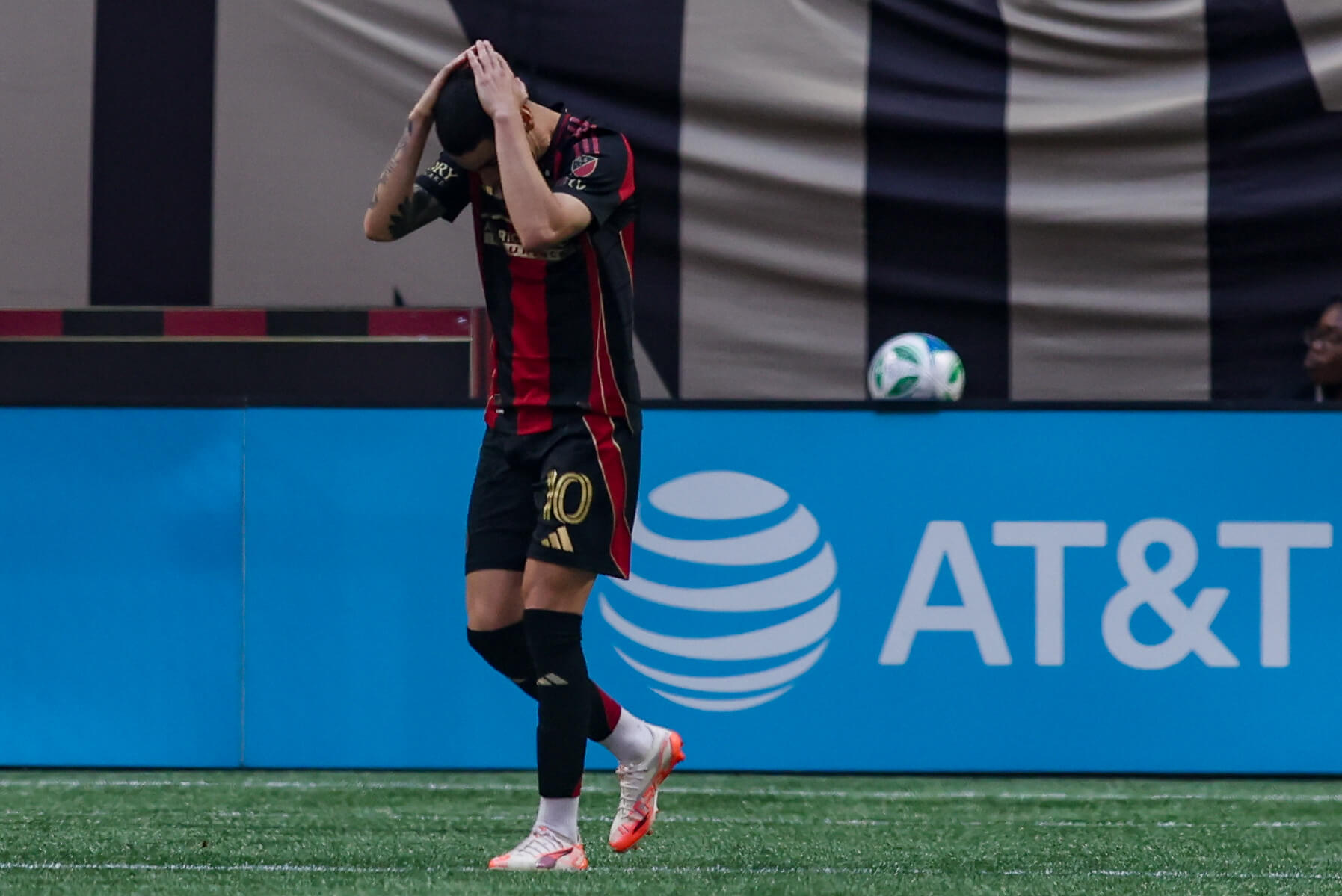
Miguel Almirón has largely struggled in his return to Atlanta United. (Photo by Brett Davis/Imagn Images)
It’s early in his tenure, and Atlanta has suffered some injury setbacks in 2025, but Deila has done little to suggest that he’s the man who will re-establish the club as a power in MLS. Atlanta’s goal not too long ago was to be the best team in North America. Now they’re the worst team in the Southeast region, as Nashville, Charlotte FC, Orlando City and Inter Miami have all surpassed the Five Stripes.
Advertisement
Since 2019, Atlanta has consistently lacked inspiration and struggled to define an identity on the pitch. It’s a club still searching for its soccer soul. The difference now is that the club’s future is seemingly as bright as it has ever been. The front office has been reorganized in president and CEO Garth Lagerwey’s corporate vision. Lagerwey fired sporting director Carlos Bocanegra in September and appointed former Seattle Sounders and Inter Miami executive Chris Henderson in his place in January.
Henderson’s reputation as an elite talent evaluator and Lagerwey’s outstanding record as an MLS general manager were widely and justifiably celebrated in Atlanta. It was the first indication that the club would finally build a sustainable project under two MLS veteran thought-leaders. Lagerwey went as far as proclaiming on local radio that Atlanta United had turned the corner after signing Russian midfielder Alexey Miranchuk last July.
“I will say, we are back, baby,” Lagerwey told 92.9 The Game last summer. “We had to rebuild this a little bit, but we’re back. Miranchuk is an elite chance-creator, one of the top guys in the top-five leagues in Europe. Not only an exciting player but also a prime-age guy.”
Miranchuk was a reported $13 million signing and a big part of a $50 million squad overhaul in 2024. He was brought in by Bocanegra and Lagerwey and he checked several boxes that Lagerwey liked in a new acquisition. Miranchuk was a role player with Serie A club Atalanta. His experience in European soccer was meant to complement Atlanta United’s core group of players.
At 29, Miranchuk was deemed a suitable signing as a prime-age player, a term Lagerwey uses often for targets between the ages of 24 and 29. Finally, as Lagerwey noted, Miranchuk is an attacking midfielder, a role Atlanta needed to fill after the MLS record-breaking sale of Thiago Almada to Eagle Football Holdings. Almada is now with French side Lyon.
On paper, Miranchuk and Latte Lath appeared to be another sign of Atlanta’s willingness to spend. They were also clear examples of the club’s shift toward a more European-bred roster. The spine of the team features Latte Lath and Miranchuk, Polish midfielders in Bartosz Slisz and Mateusz Klich, Norwegian center back Stian Gregersen and Ireland international defender Derrick Williams.
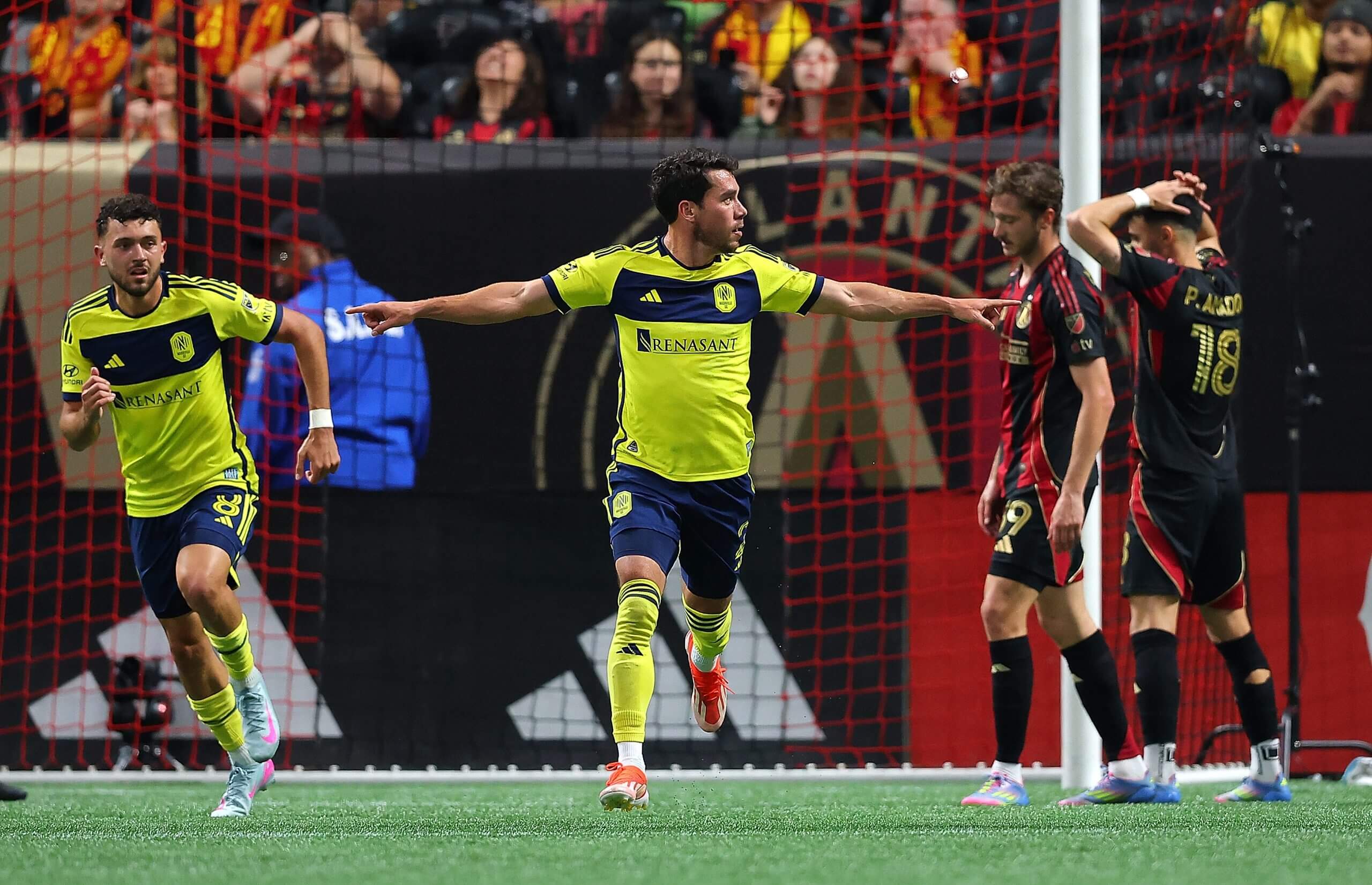
Atlanta dropped points at home vs. Nashville SC, much to the disappointment of fans and home players at Mercedes-Benz Stadium. (Photo by Kevin C. Cox/Getty Images)
The results have been incredibly disappointing, though. The midfield and center back positions are the team’s weakest position group. Miranchuk has been especially underwhelming. He has one goal and zero assists in 2025. For a player who has played nearly 300 professional games, Miranchuk has looked stunned by the speed and athleticism of MLS. Signed as a No. 10, Miranchuk’s tentative play and slow decision-making have been among the chief disappointments this year.
Advertisement
Gregersen, 29, has missed numerous games with a wide-range of muscle injuries. He, too, has been lackluster since joining Atlanta 2024 as a replacement for U.S. international defender Miles Robinson. Gregersen, Slisz and Klich were expected to be team leaders but they have instead left Atlanta supporters yearning for yesteryear.
“It’s a little bit too cozy,” Deila told Atlanta’s WSB-TV in April when he described the team’s culture. “We can also talk about the hunger. We have a very experienced team and that experience is good, but in general we have a group that is a little bit settled and that is something that we have to change over time.”
Martino, an Argentine, led a South American-built team to the league championship. In SEC country, the emotion and passion of the Latino players clicked with the fanbase. It energized Mercedes-Benz Stadium to near explosive levels. The team’s profile today may carry a certain cachet in MLS because of the numerous European passports on the squad. But on gameday, Atlanta has become emotionless and predictable.
There is no edge to this team. Atlanta United’s players may win a tackle, but in the figurative world of club soccer, they wouldn’t win a street fight. In a city dominated by sports talk and opinions about the NFL, NBA, MLB and college football, Atlanta United cannot afford to be mediocre. Soccer matters in Atlanta, but a bad MLS team will become an afterthought in a crowded sports market.
Atlanta United can spend money and it can still draw a more-than-respectable crowd of fans on matchday. But does the organization have the patience to ride this season out as is? Can Lagerwey and Henderson sign soldiers rather than stars? A season that was supposed to provide answers and clarity is now another transition clouded by doubt.
Soccer matters in Atlanta. That’s what players, coaches and executives sign up for when they come to the club. But success has proven to be transient when the norm at Atlanta United has become one of unrest. Something has to change, or else that movie ending will stay the same.
(Top photo: Jordan Godfree/Imagn Images)
This news was originally published on this post .





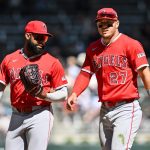

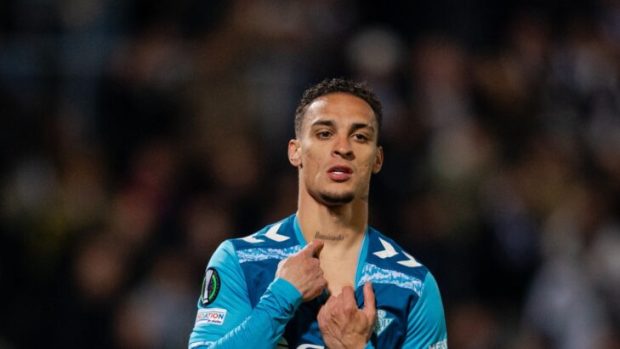
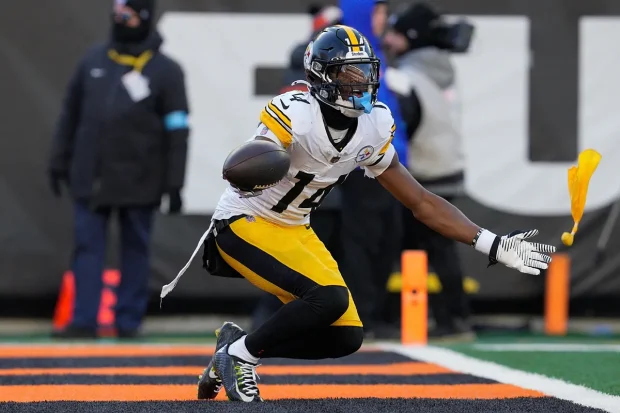
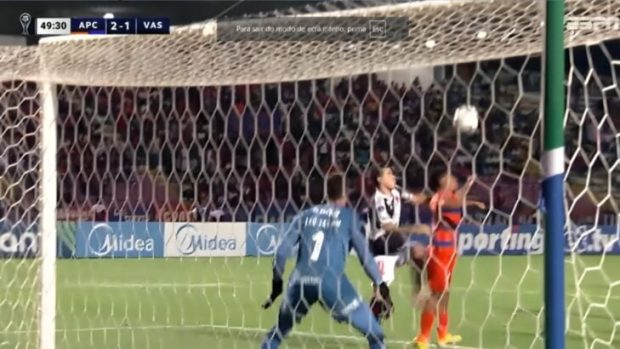
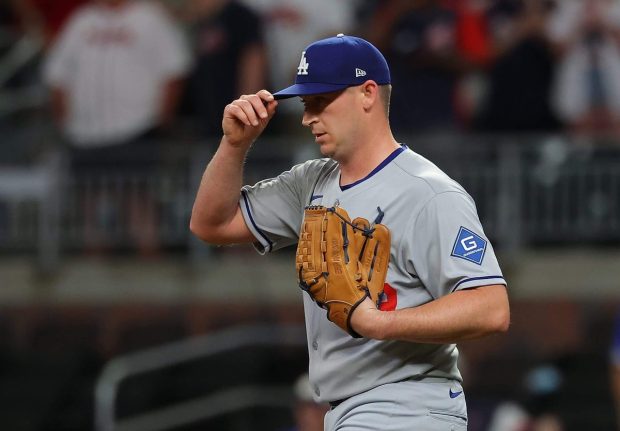
Be the first to leave a comment